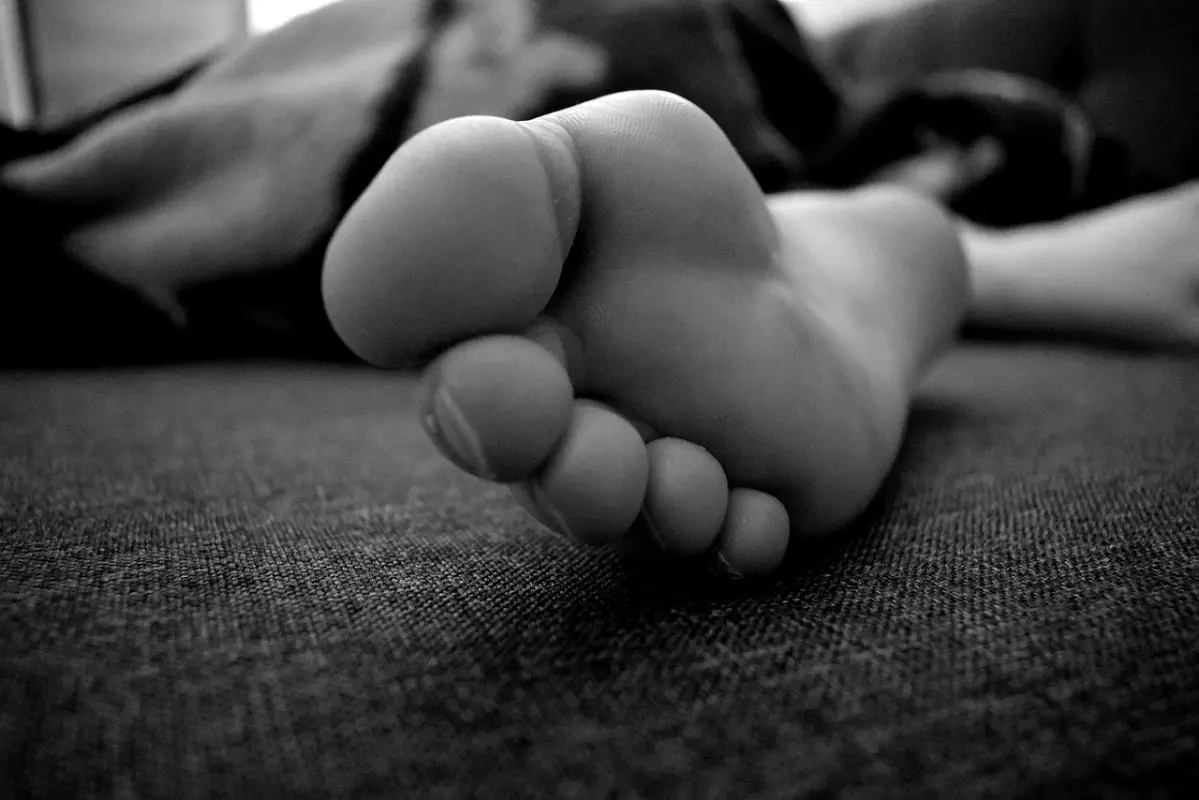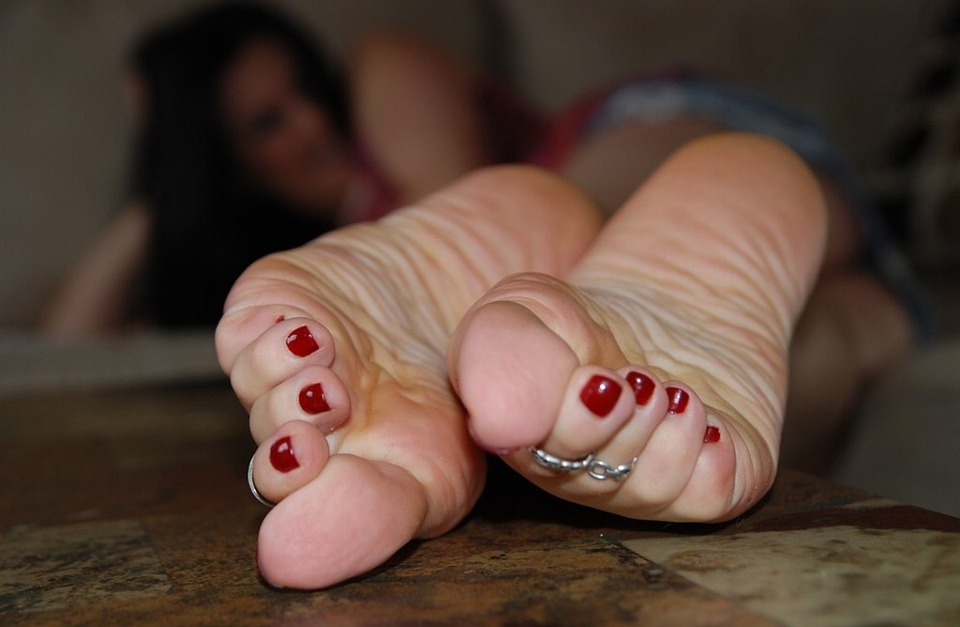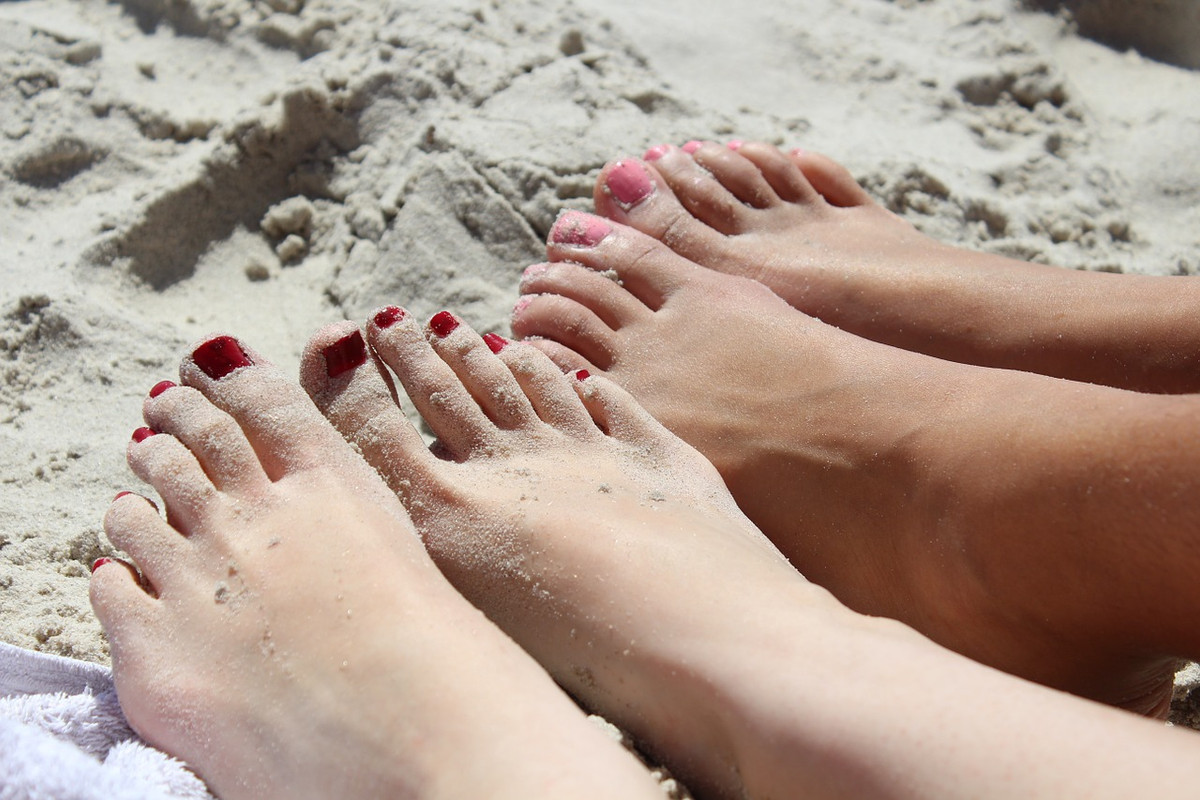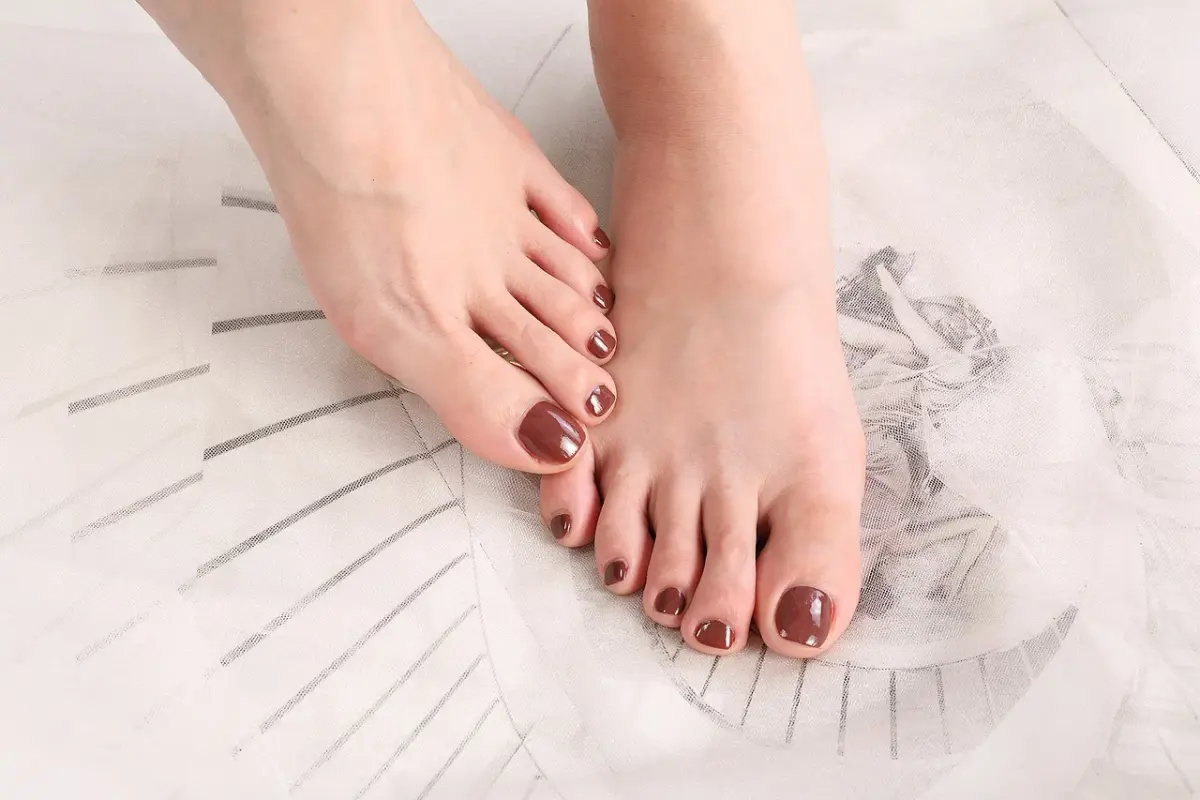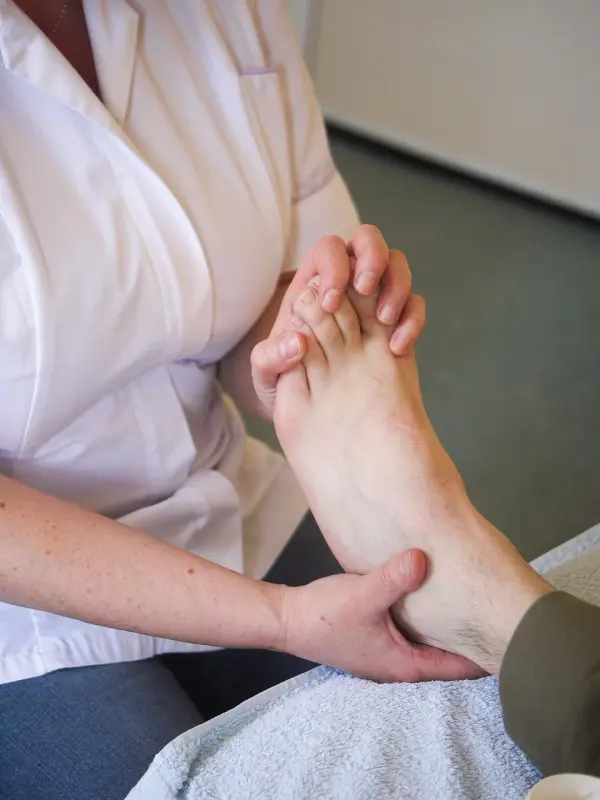Bad knees? Nordstrom shoppers say these 'super comfy' Vionic loafers are 'like walking on clouds'
"I LOVE these shoes. Zero break in time and I can wear them all day."
Posted by on 2024-01-19
Posted by on 2024-01-19
Singapore Paincare's Financial Controller Resigns

-- Singapore Paincare Holdings said Karen Lim Mong Ai has resigned as financial controller of the company, effective April 16, to pursue other career opportunities. ...
Posted by on 2024-01-19
It's Not Your Imagination: Pregnancy *Can* Make Your Feet Flat
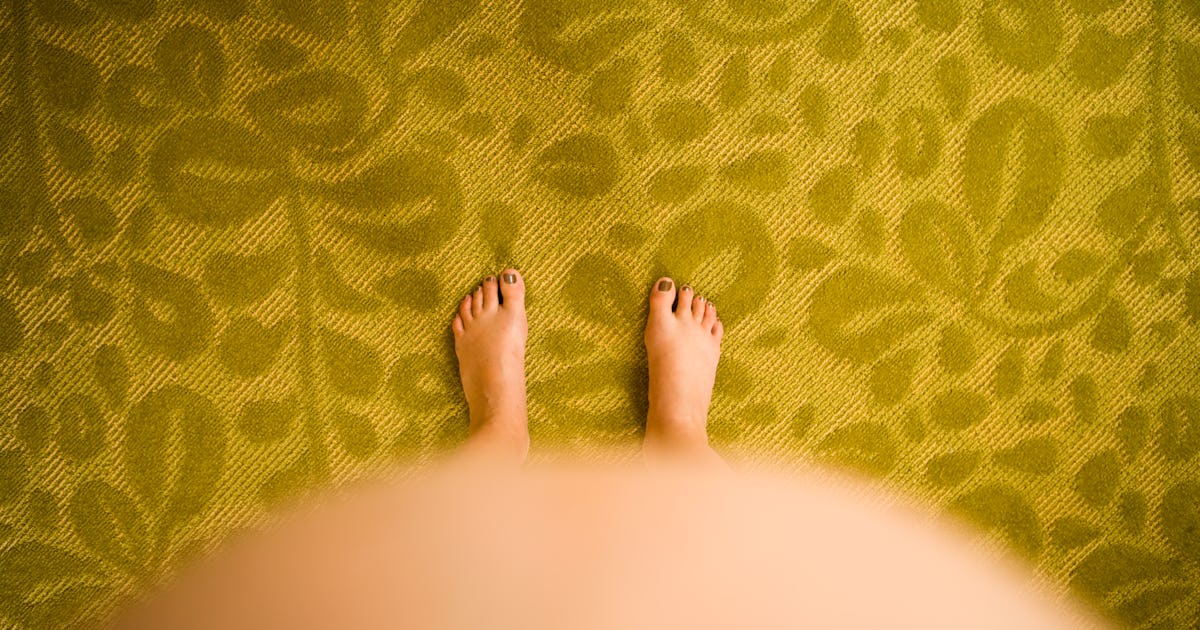
If your shoes don't fit and your joints are always achey, you're probably wondering, can pregnancy cause flat feet? Experts say yes, all thanks to one hormone.
Posted by on 2024-01-18

